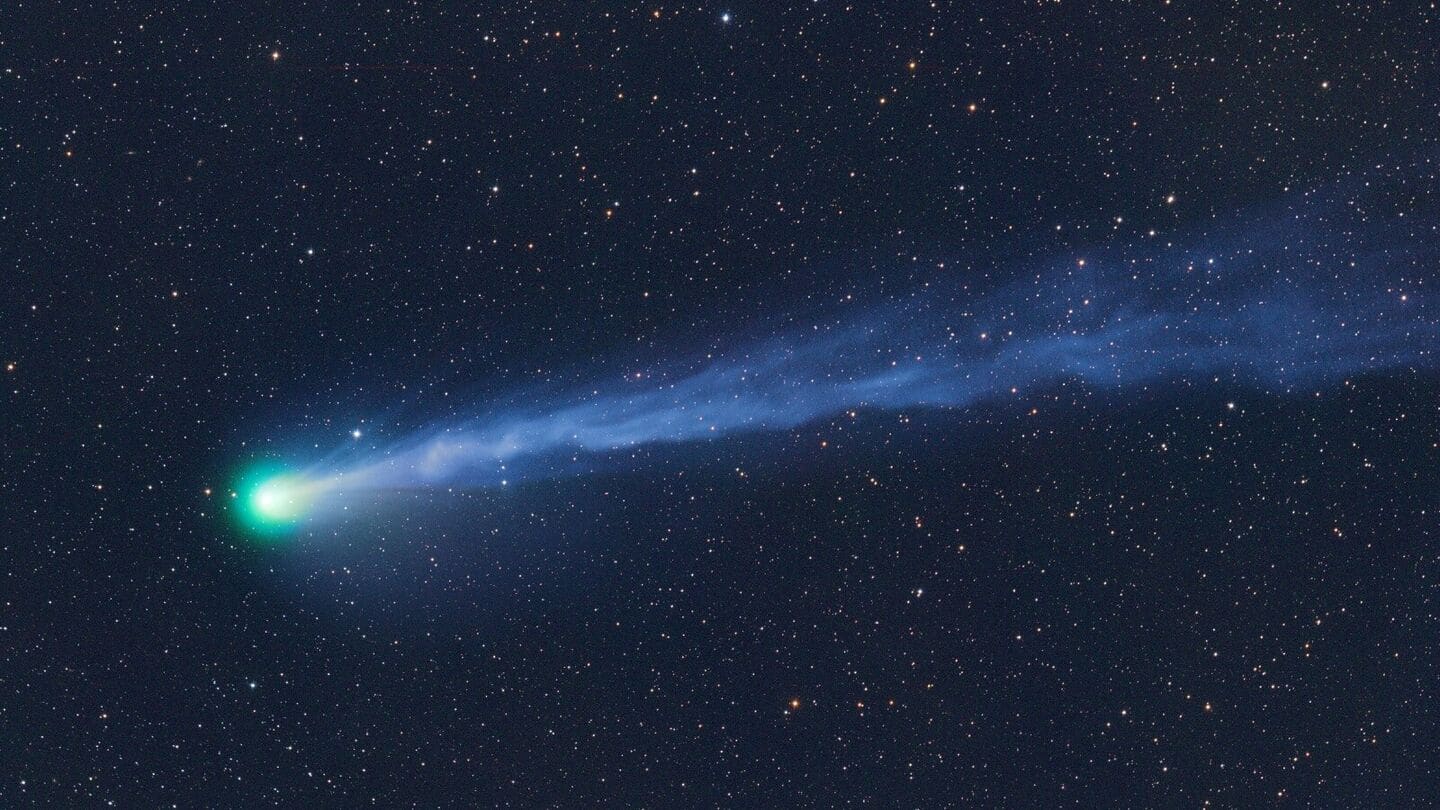
Comet seen once in 1,350 years appears on October 22
What's the story
Astronomy enthusiasts are in for a treat as Comet Lemmon (C/2025 A6) will be visible from Earth on October 22. The comet was first discovered by the Mount Lemmon Survey in Arizona in January this year. Since then, it has transformed from a fragile object to a bright celestial body, with its coma and tail becoming prominent in recent weeks. Comet Lemmon has an estimated orbital period of approximately 1,350 years, making it a super rare event.
Celestial proximity
Closest approach to Earth and sun
Comet Lemmon will make its closest approach to Earth on October 21 UTC, which translates to the early hours of October 22 in India due to the +5:30-hour time difference. At that time, it will be about 89.2 million km from our planet, or roughly 0.60 astronomical units. The comet will then reach its perihelion, its closest point to the Sun, on November 8, at a distance of approximately 79.25 million km.
Observation guide
How to see the comet?
To catch a glimpse of Comet Lemmon, sky watchers should look toward the northwest sky about 90 minutes after local sunset. The comet was moving through constellations such as Bootes, Ursa Major, and Canes Venatici until the middle of October. In ideal conditions, it could reach an apparent brightness of +3.5 to +4.4 at that time, making it visible to the naked eye on dark, clear skies.